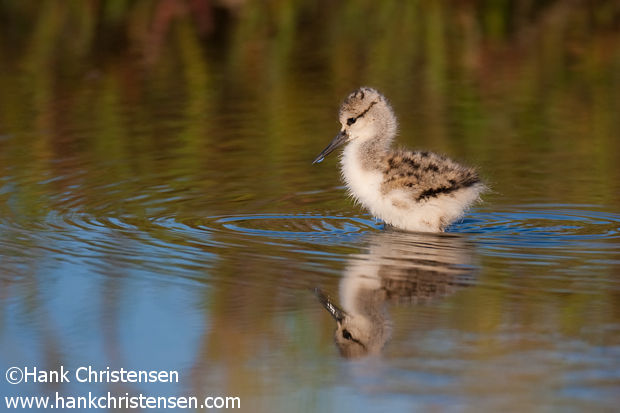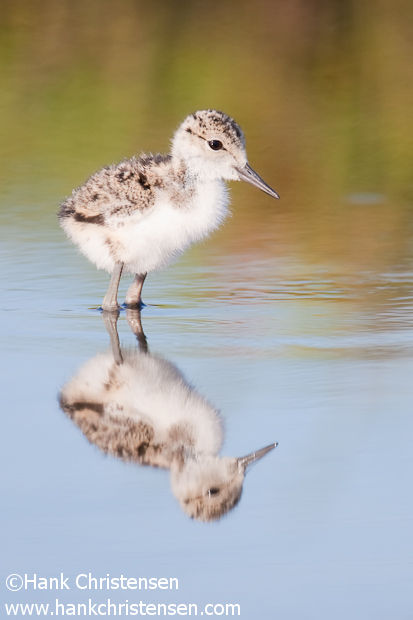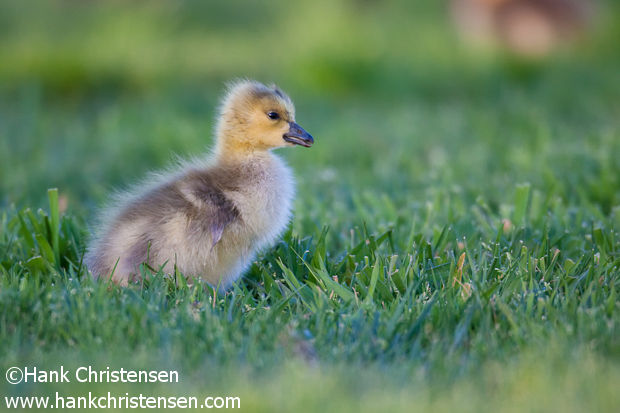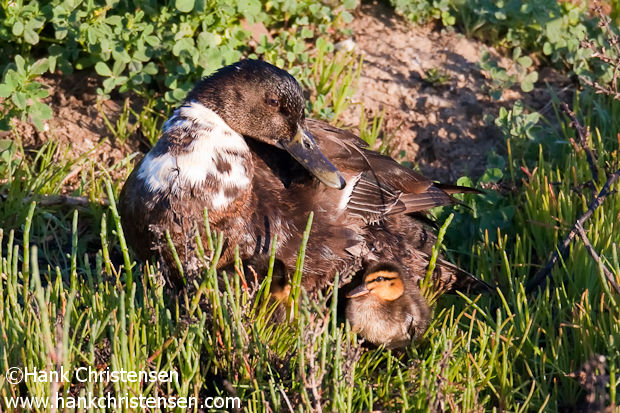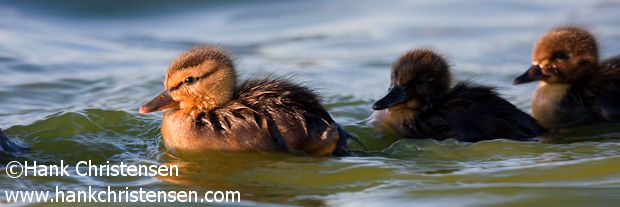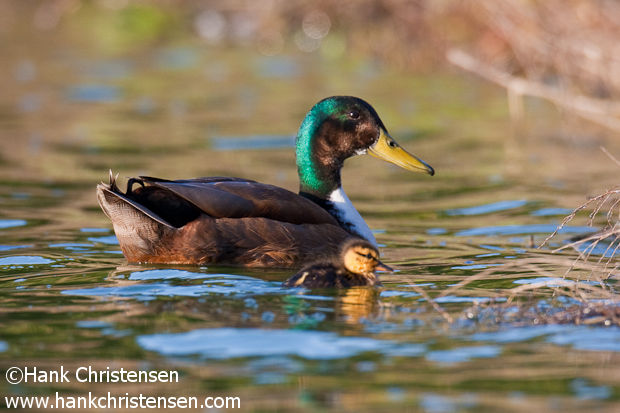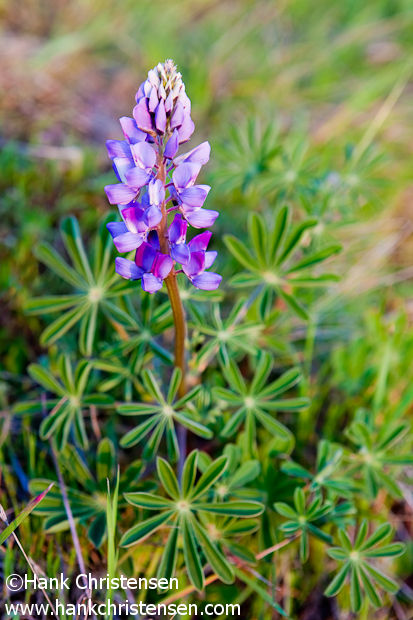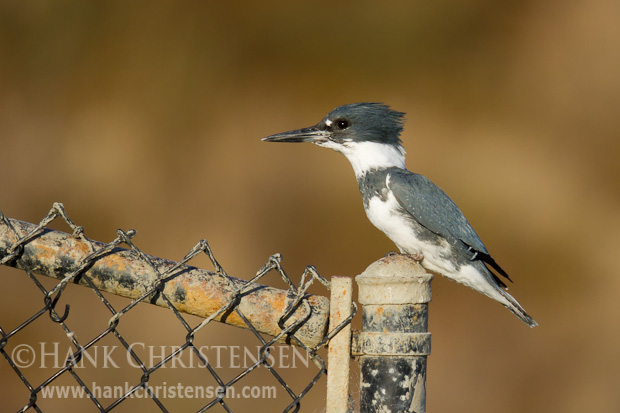
This week’s photo features the ever elusive belted kingfisher. Its not that the bird is all that uncommon, but it can be quite difficult to get close enough to photograph. They tend to be very flighty, and don’t hang around the same area too often. Some bird photographers have done well using bait fish and photo setups to capture this bird, but this type of activity is best done on private land over the course of several days.
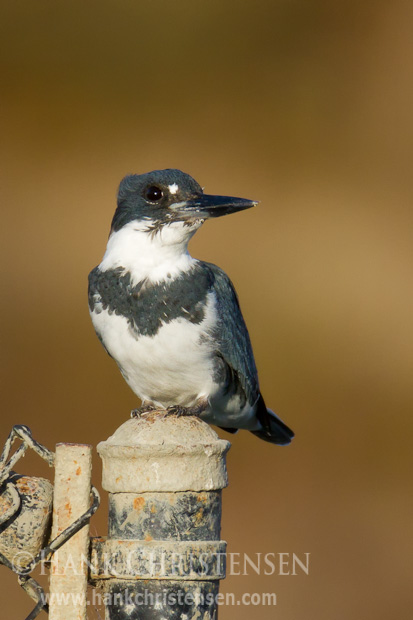
I had two brief opportunities with this kingfisher. I first saw him land and perch on one chain link fence (not the most aesthetic of perches). I took several safety photos and tried to get closer. As soon as I moved, he was off and out of sight. I managed to track him down to a nearby second chain link fence, where I took the two photos featured here. I stayed low and crept forward slowly. I had the opportunity for a half dozen shots before he took off once again, this time for good.


